What is life like in Lukomir, the last authentic mountain village?
If you head toward Bjelašnica, following the trails that stretch across the plateau, you’ll come to a village that has resisted time and change for decades. This is Lukomir, not only the highest permanently inhabited village in Bosnia and Herzegovina, but also a place that has preserved a simple way of life, where nature and people are still closely connected.
Situated at 1,495 meters above sea level, on the edge of the deep Rakitnica River canyon, Lukomir is protected by mountain slopes on one side, while the other opens toward a dramatic drop. It’s a landscape that is powerful and striking, yet at the same time modest.
Archaeological findings show that this area has been inhabited since the Middle Ages. Near the village, you can find stećci, medieval tombstones typical of this region. Some are still visible in the pastures, and a few have even been built into the foundations of village homes.
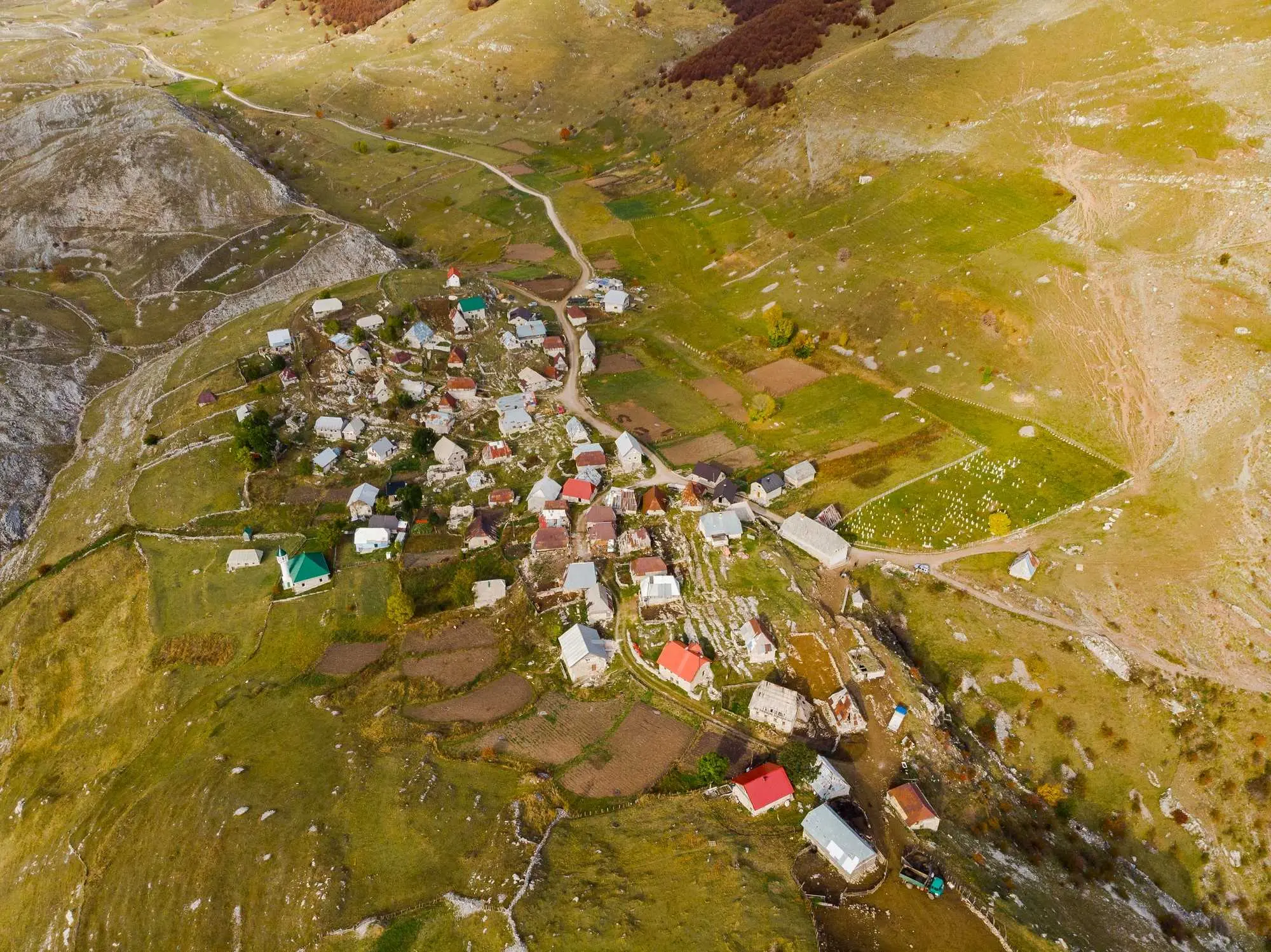
Lukomir, Photo: merc67 Depositphotos
Often cut off during the winter months due to heavy snow that can last for weeks, life here has long been adapted to nature. People take what the land offers and live accordingly. In summer, the story changes. That’s when visitors, hikers, and tourists arrive, eager to see and experience what life at high altitude looks like. But it cannot be seen from a car window. You have to walk it, observe it with your own eyes.
The houses in Lukomir are built from stone, with wooden shingle roofs. They are small and functional, with interiors adapted to the mountain climate. Electricity and mobile signal only became available a few years ago, while everything else has remained more or less the same. Traditional terms and local dialects are still used, many of which are rarely heard elsewhere today.
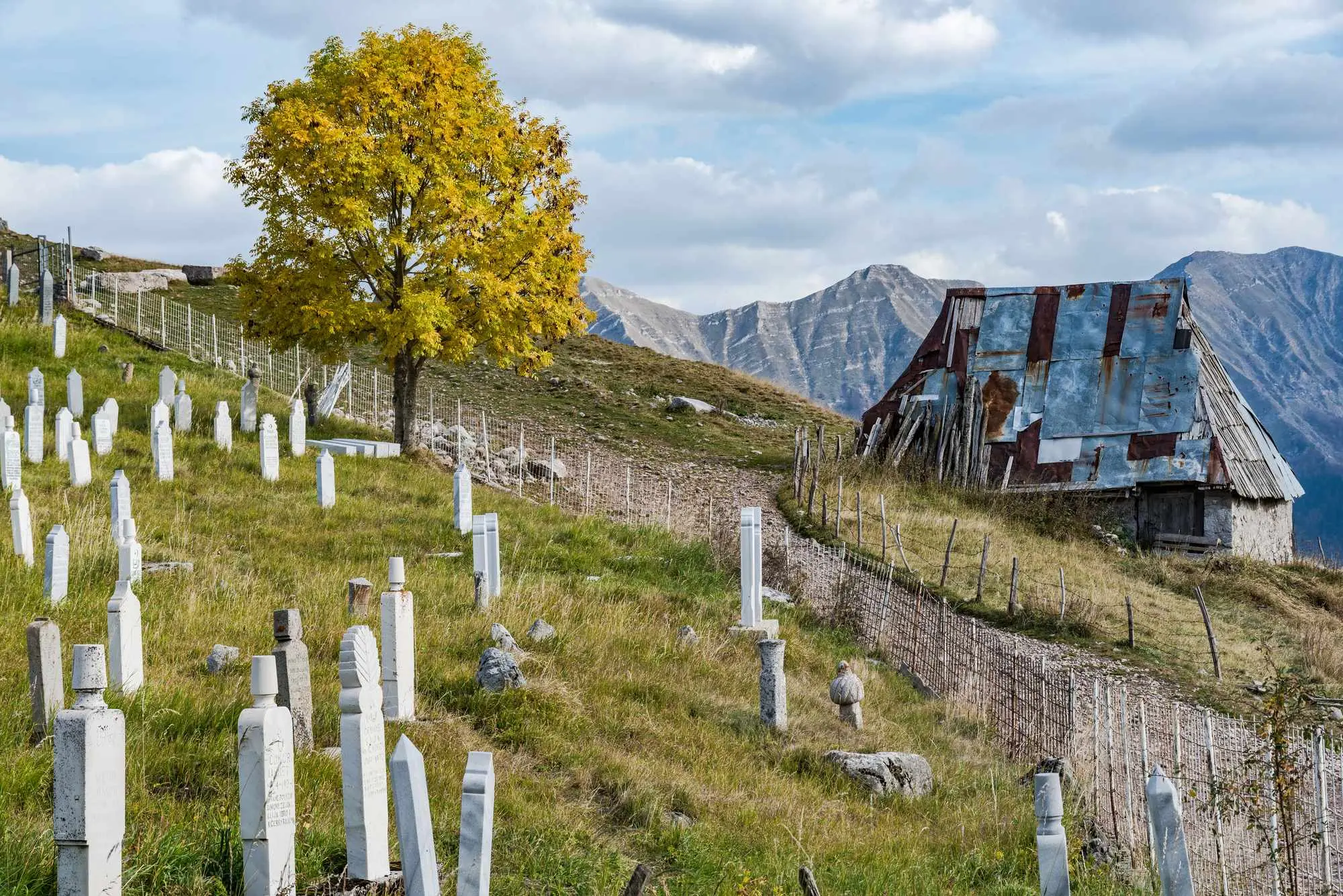
Lukomir, Photo: merc67 Depositphotos
Only a handful of households remain permanently in Lukomir. Most are elderly residents who have chosen to stay through both summer and winter. Their way of life involves caring for livestock, preparing food, and maintaining their homes and land. Some of them returned here after years spent in cities, saying that the peace, fresh air, and familiar surroundings suit them better.
Life in Lukomir is not easy. Firewood is prepared months in advance, water is carried from springs, and each visit from a doctor or the post depends on weather conditions. Still, people share what they have and help each other. Community is not just a tradition here; it is essential.
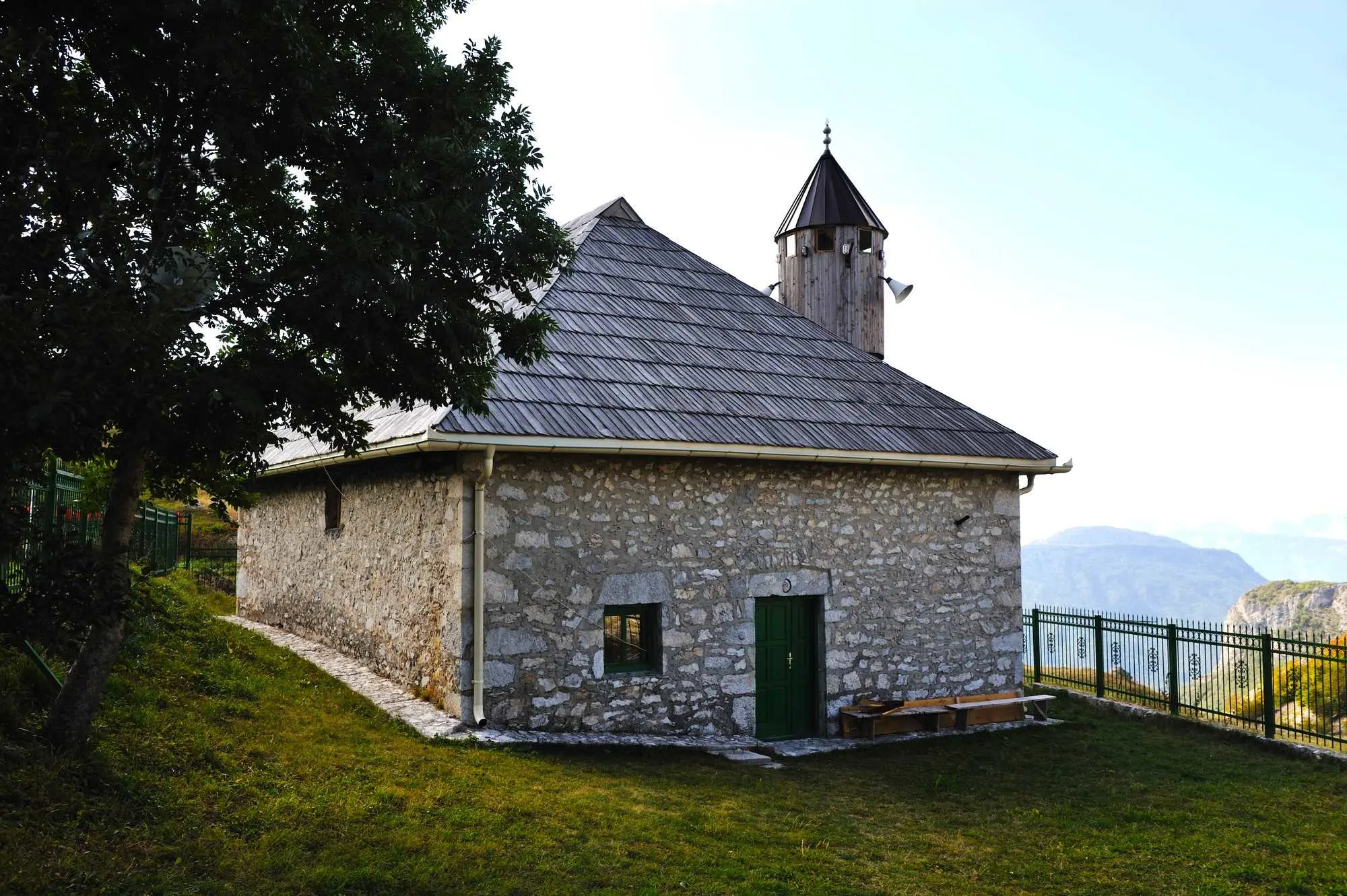
Lukomir, Photo: zurijeta Depositphotos
In the last decade, the village has gained attention for its authenticity and location. It attracts hikers from surrounding mountains, cyclists, and travelers seeking quiet and unspoiled nature. Some choose to stay overnight in modest accommodations offered by local households.
Tourism is growing slowly, with an understanding that too much development could harm the character of the village. There are no hotels, no paved streets. Everything remains as it was, just with a few more visitors and the occasional local event organized within realistic limits.
Lukomir doesn’t ask much from its visitors, but in return, it offers something increasingly rare: a feeling that it’s still possible to live simply and in harmony with nature. Walking through the village, many feel a silence they can’t find anywhere else.
The best time to visit is from May to October, when the paths are clear, the weather is stable, and the village is accessible for day trips or longer stays. During this time, the natural surroundings are at their most vibrant, daily life is active, and the view from the canyon edge is at its clearest.
And when you leave Lukomir, you usually carry the impression with you for a long time. The people, the canyon view, the homes, and that deep sense of calm everyone talks about. If you ever get the chance, visit it.

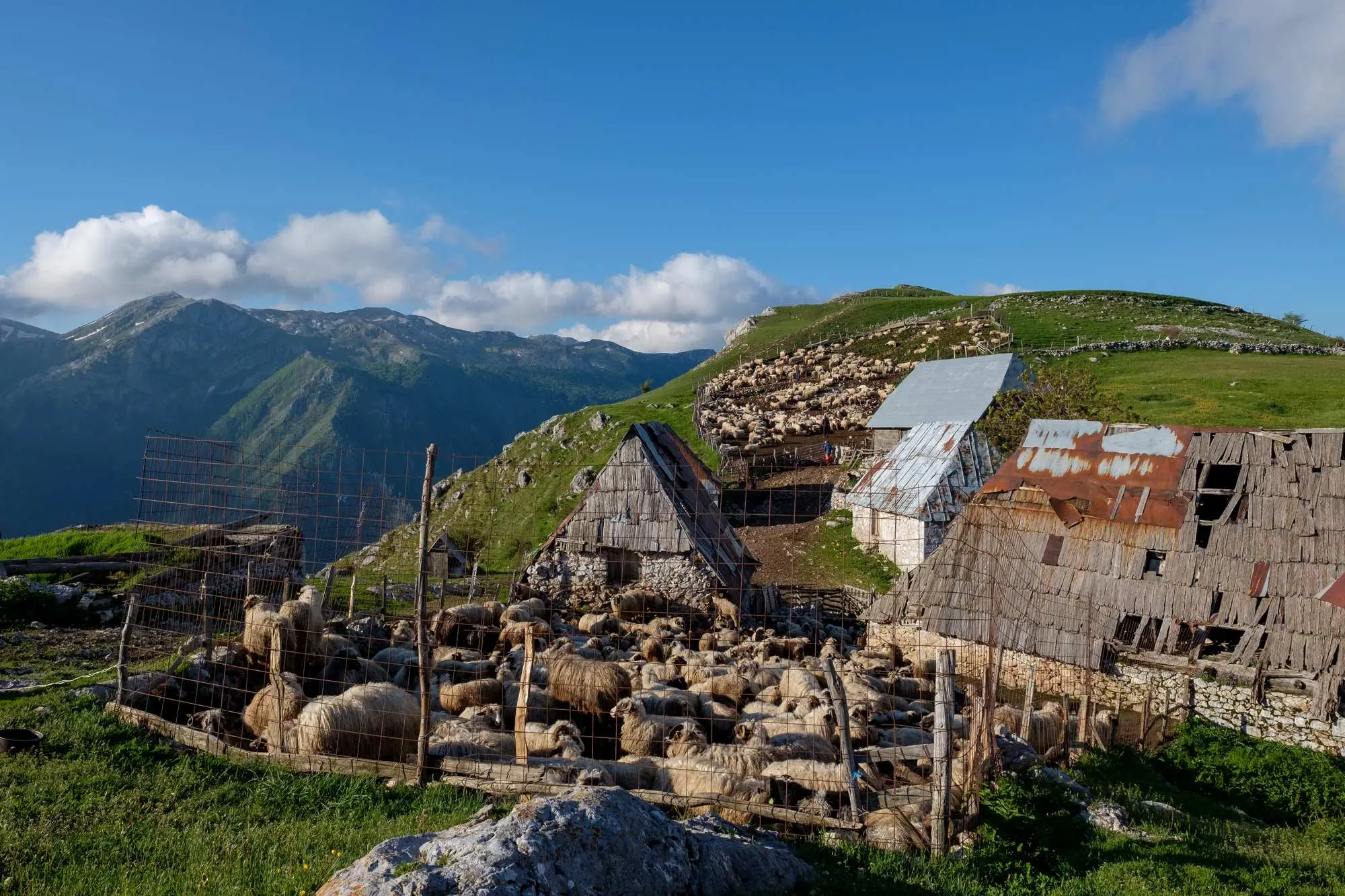

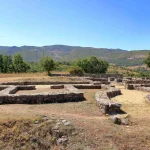
Leave a Reply